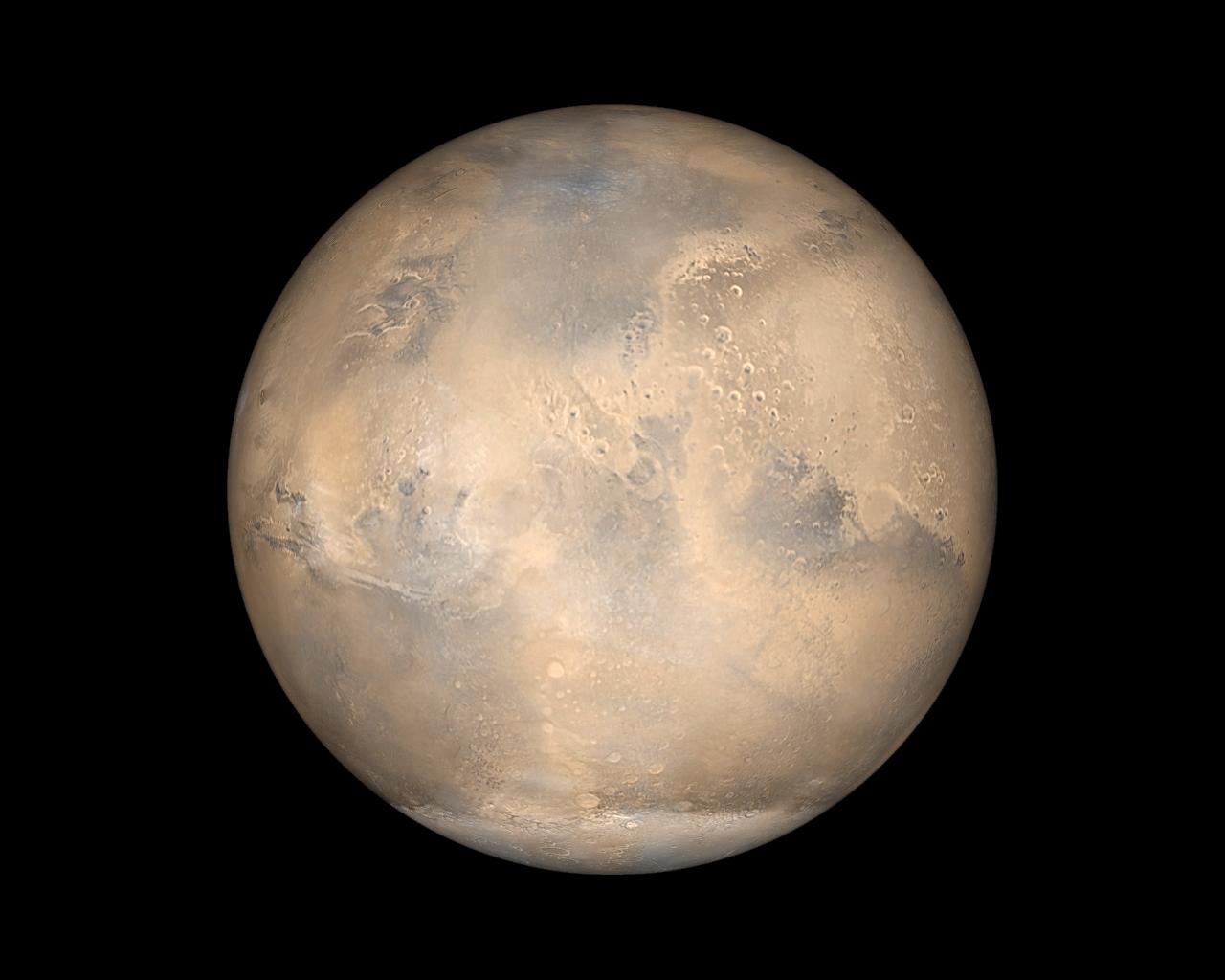The Race to Mars: Who Will Get There First?
Have you ever stared up at the night sky and wondered about the red dot that twinkles back at you? That’s Mars, our celestial neighbor and the next frontier in human exploration. The race to Mars isn’t just a fanciful dream of science fiction anymore; it’s a full-blown contest with real players, tangible goals, and sky-high stakes. In this thrilling saga of exploration, let’s dive into who’s leading the charge, the challenges they face, and what it means for humanity’s future.
The Contenders: NASA, SpaceX, and Beyond
NASA’s Artemis and Mars Missions
Fig. 1: NASA Artemis Program, Image Credit: NASA
NASA has long been a stalwart in space exploration. With the Artemis program aiming to return humans to the Moon by 2024, NASA sees this lunar mission as a stepping stone to Mars. The Artemis missions are designed to test new technologies and systems that will be critical for long-duration space travel.
The ultimate goal? A crewed mission to Mars in the 2030s. NASA’s strategy includes building the Lunar Gateway, a space station orbiting the Moon that will serve as a staging point for missions to Mars. NASA’s focus is on safety and sustainability, ensuring that once humans get to Mars, they can survive and thrive.
SpaceX: Elon Musk’s Martian Dream
Fig. 2: SpaceX’s, Image Credit: NASA/SpaceX
Elon Musk and SpaceX have brought a whirlwind of energy and ambition to the Mars race. Musk’s vision is nothing short of revolutionary: to make humanity a multiplanetary species. SpaceX’s Starship, a fully reusable spacecraft currently under development, is the linchpin of this dream. Musk’s goal is to send the first humans to Mars by the mid-2020s, a timeline more aggressive than NASA’s.
SpaceX plans to start with unmanned cargo missions to establish essential infrastructure on Mars, such as habitats, power supplies, and life-support systems. This groundwork will pave the way for the first human settlers. Musk envisions a bustling Martian city within our lifetime, with hundreds of thousands of people living and working on the Red Planet.
Other Players in the Mars Race
While NASA and SpaceX are the frontrunners, they are not alone in this race. The European Space Agency (ESA) has also shown interest in Mars exploration, often collaborating with NASA on various missions. Meanwhile, China’s space agency, CNSA, has successfully landed the Tianwen-1 rover on Mars, showcasing their growing capabilities in space exploration.
India, through its space agency ISRO, has plans for future Mars missions, building on the success of their Mars Orbiter Mission (Mangalyaan). The private sector, too, is buzzing with smaller companies and startups working on technologies that could support Mars missions, from advanced robotics to sustainable life-support systems.
The Challenges: Technical, Human, and Ethical
Technical Hurdles
Getting to Mars is a monumental challenge. The distance alone is daunting—Mars is, on average, about 140 million miles from Earth. A one-way trip could take six to nine months, depending on the alignment of the planets. This long duration requires spacecraft that can carry enough supplies and protect astronauts from the harsh environment of space, including cosmic radiation.
Landing on Mars presents another set of challenges. The thin Martian atmosphere makes it difficult to slow down spacecraft using parachutes, as we do on Earth. Innovations like retro-propulsion (using rocket engines to slow down the spacecraft) and advanced heat shields are critical to ensuring safe landings.
Human Factors
The psychological and physical health of astronauts on such a long journey is a major concern. Isolation, confinement, and the risk of exposure to higher levels of radiation are significant hurdles. NASA and SpaceX are investing heavily in research to understand and mitigate these risks, from developing better spacecraft shielding to studying the effects of prolonged isolation on mental health.
Moreover, the Martian environment is extremely hostile—temperatures can plummet to minus 80 degrees Fahrenheit, and the thin atmosphere is mostly carbon dioxide. Creating habitats that can support human life, growing food, and ensuring a sustainable supply of water and oxygen are monumental tasks.
Ethical Considerations
Colonizing Mars also raises profound ethical questions. Should we terraform Mars, potentially altering its environment irreversibly? What are our responsibilities to any potential Martian life forms, even microbial? As we reach for the stars, it’s essential to consider the moral implications of our actions and strive to be good stewards of new worlds.
The Future: Why Mars Matters
Fig. 3: Mars Opposition and Equinox, Image Credit: NASA
The race to Mars is more than a technological competition; it’s a bold statement about humanity’s future. Mars represents hope, ambition, and the relentless human spirit of exploration. It’s about pushing the boundaries of what’s possible and inspiring future generations to dream big.
Mars could also serve as a backup for humanity in case of catastrophic events on Earth. The lessons learned from Mars exploration—about sustainable living, resource management, and technological innovation—could help solve problems here on Earth.
Conclusion: The Final Frontier
As the race to Mars heats up, one thing is clear: humanity is on the cusp of a new era of exploration. Whether it’s NASA’s methodical approach, SpaceX’s audacious vision, or contributions from other nations and private entities, the journey to Mars is a collective human endeavor.
So, as you gaze up at that red dot in the sky, remember that within the next decade, humans might be setting foot on Mars, starting a new chapter in our cosmic story. The race is on, and the stakes are nothing less than the future of humanity.



